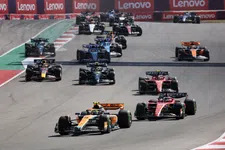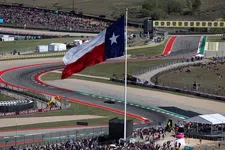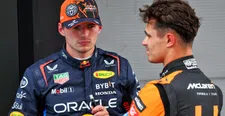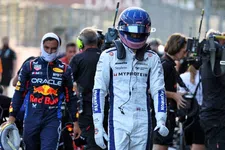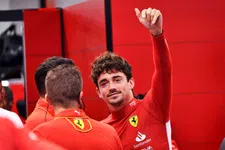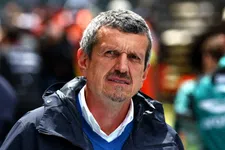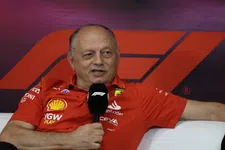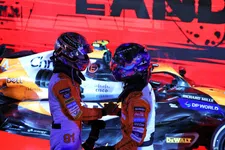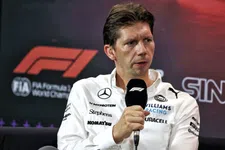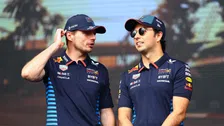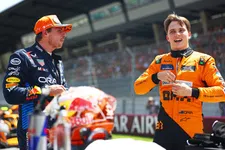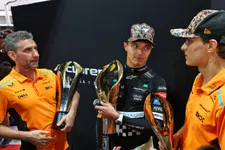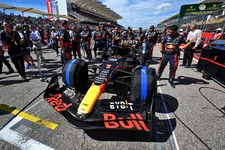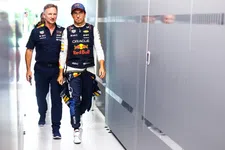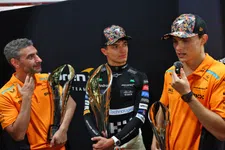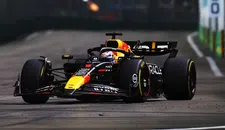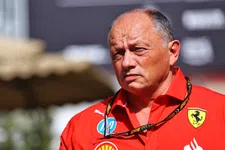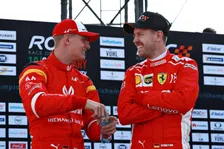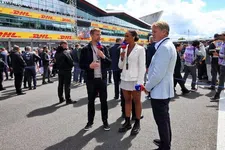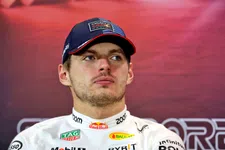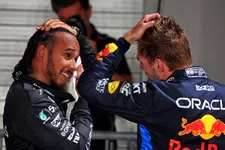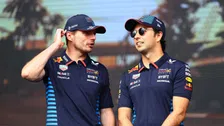Red Bull Content Pool
Interview
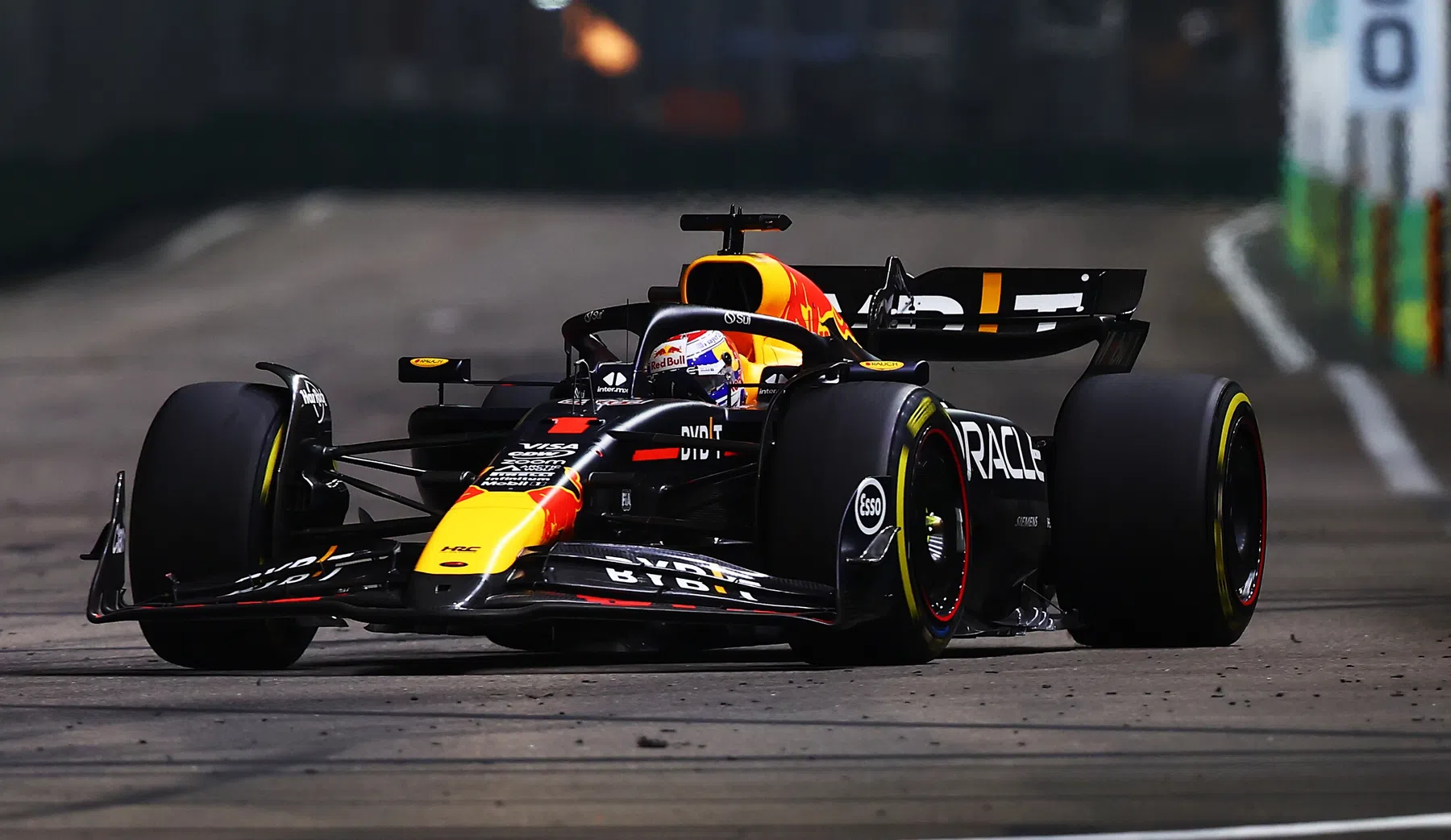
Why feedback from Verstappen and Hamilton is very important for Pirelli
Pirelli is already busy working on the new tyres for 2025. In an exclusive interview with Pirelli boss Mario Isola, the top man explains the plans for 2025 and the importance of feedback from drivers like Max Verstappen and Lewis Hamilton.
Pirelli faces quite a few challenges. 2026 in particular is an important year because new engines, new cars, and new tyres will be introduced in F1. Despite that big project, the Italian tyre supplier is also busy with 2024 and 2025. New things are also on the agenda for 2025, which are now being finalised.
"For 2025, we have almost finalised the new construction," Isola informed GPblog.com. "There's a target to increase the level of integrity and durability of the tyre. [We will] also reposition some of the compounds because, at the moment, we have the C1 and the C2 that are quite close but the gap between C2 and C3 is much bigger. The target we have is to supply compounds with a delta lap time of half a second between two different levels. So we want to have a C2 with more grip, closer to the C3, and at that point the C1 must be closer to the C3."
So everything should be closer next year?
"Yes, that was decided because looking at some simulations made by FIA, F1, and also some teams, the combination between this delta lap time, and well defined level of degradation, is a way to encourage and generate more pit stops during the races. The target is always to have ideally two stops, or a mix of one, two, and three stops using all the three compounds. It's difficult to achieve that in 24 different circuits with only five or six compounds."
"We would like to have the majority of the race with two stops. This year, to be honest, we are not far from this target. We decided to select in some races, one step softer compound compared to last year, and it generated some more variation on track. That means more action, and it is what spectators want to see."
Are there any other targets for the 2025 tyres?
"No, those are the targets. So higher level of integrity, because they continue to develop the car, and so cars next year will be quicker than this year. Overheating reduction, which was a request coming from the drivers. And these new compounds with a better distribution across different levels."
How do you make sure tyres overheat less?
"Overheating is not easy because, first of all, to reduce the overheating, you should define the overheating. That's not always clearly identified. We did a deep analysis on the driver comments. When they comment overheating, we have a look at specific corners and specific situations so we have the possibility to investigate the different parameters, surface temperature, carcass temperature, level of pressure, the wear and the profile. We have the possibility to check different parameters, but there's not always a perfect correlation between one parameter and the comment. So that's why we have to define the overheating. Second, to design a tyre that is going to reduce this effect that we know drivers don't like. They [the drivers] accept the degradation, the thermal degradation, because this is something that can encourage the show and different strategies, but overheating is something that we would like to reduce."
Is feedback from drivers important these days because less testing can be done?
"Absolutely. The feedback from the drivers is always more than welcome. We always ask our allocated engineers to get feedback from the drivers and report that to us in order to have more and more analysis in Milan. Other engineers are analysing data coming from races in order to understand what we can improve. Any feedback, positive or negative, from a driver is important. When it's supported by something that can give us the opportunity to improve, because negative feedback without any other supporting comment is difficult to use for us."
This article has been created in collaboration with Matt Gretton

